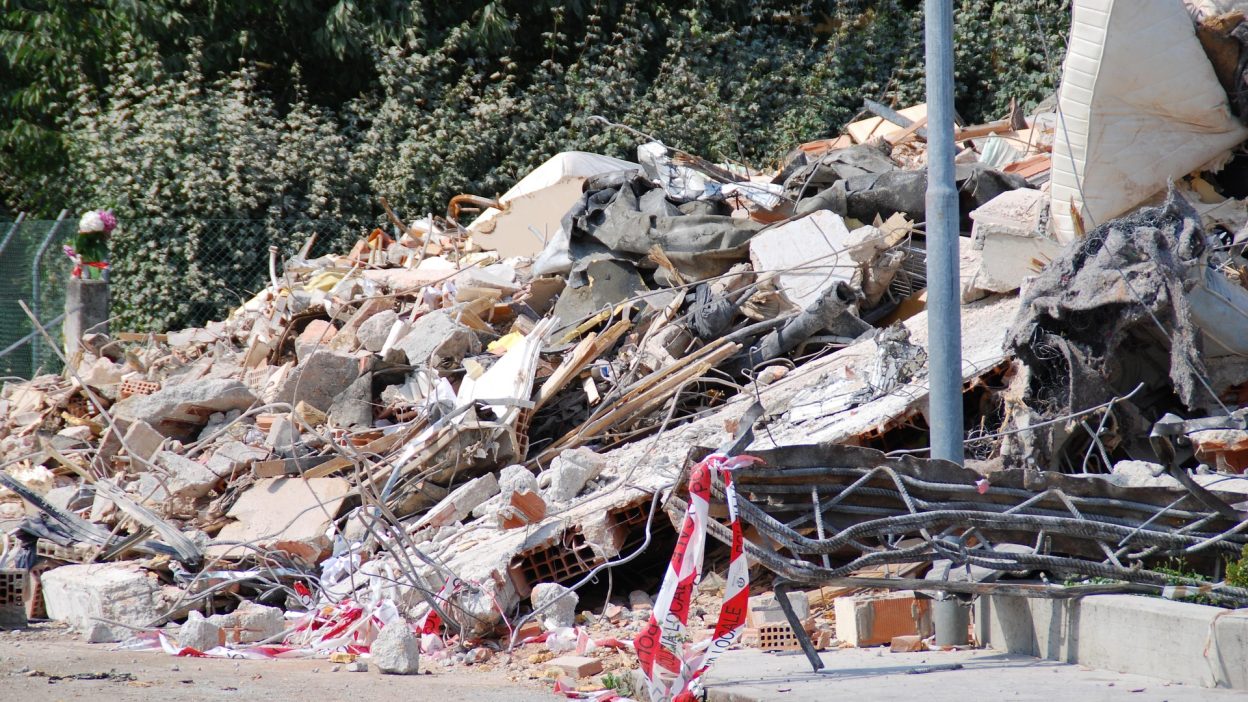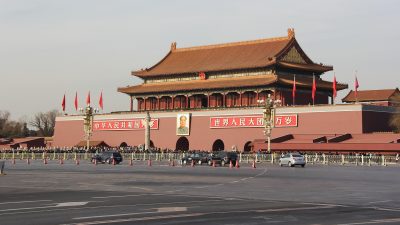Unveiling The Shocking Truths Behind One Of The Deadliest Disasters In Iran’s History
1. The Earth Shook: How the 1948 Ashgabat Earthquake Reshaped Iran
The 1948 Ashgabat earthquake was a catastrophic event that reshaped not only the city of Ashgabat but also the surrounding regions of Iran and the Soviet Union. With a magnitude of 7.3, this earthquake struck unexpectedly, catching both nations unprepared. The seismic activity devastated large parts of Ashgabat, causing widespread destruction. Buildings collapsed, and entire neighbourhoods were wiped out, leaving thousands dead or injured.
The earthquake’s impact extended far beyond physical destruction. The socio-political ramifications were immense, as it highlighted severe shortcomings in both the infrastructure and disaster response capabilities of the region. This event served as a grim reminder of the vulnerabilities in earthquake-prone areas and the need for robust preparedness and response mechanisms.
2. The Untold Truth Behind the 1948 Ashgabat Earthquake Disaster
Despite the extensive damage caused by the Ashgabat earthquake, much of the event’s broader implications remain untold. Many historical records of the disaster were either downplayed or censored due to political tensions between Iran and the Soviet Union at the time. The scale of destruction, with reports of tens of thousands of casualties, was often understated in official narratives.
Moreover, the earthquake’s political fallout was significant. It led to changes in Soviet-Iranian relations, with each country grappling with the aftermath in its own way. While Iran struggled with a slow recovery and the rebuilding of infrastructure, the Soviet Union was keen to control the region’s strategic interests, further complicating the disaster’s human and political cost.
3. When the Ground Cracked: What the 1948 Ashgabat Earthquake Really Cost Us
- The Death Toll and Destruction: The earthquake claimed the lives of around 110,000 people, with countless others injured or displaced. The widespread destruction of homes, schools, and hospitals left entire communities without shelter or basic services.
- Economic Impact: The destruction of vital infrastructure such as roads, bridges, and power plants severely disrupted daily life. It caused significant financial losses, with reconstruction efforts being slow and costly for both the local government and international aid organisations.
- Displacement of People: Thousands of people were left homeless, with makeshift shelters becoming the new reality for many. The displacement affected not only the survivors but also the region’s long-term socio-economic stability.
4. Shattering Lives: The Hidden Consequences of the 1948 Ashgabat Earthquake
The earthquake had a profound impact on the lives of the people affected, and its hidden consequences are often overlooked. While the immediate aftermath of the earthquake involved rescue and recovery efforts, the emotional and psychological toll on survivors was immense. Many lost loved ones, and the trauma left deep scars on the collective psyche of the population.
The medical and humanitarian crisis that followed the disaster compounded the suffering. Hospitals were either destroyed or overwhelmed, leaving many injured without proper care. Survivors faced immense challenges in the face of limited resources, while the slow pace of recovery and inadequate government response created a feeling of abandonment among the affected communities.
5. Why the 1948 Ashgabat Earthquake Was More Destructive Than We Thought
The 1948 Ashgabat earthquake’s true extent of destruction was far more severe than initially realised. One of the main reasons for this underestimation was the region’s lack of preparedness. Iran, particularly Ashgabat, had limited knowledge of seismic activity and lacked the infrastructure to withstand such a powerful earthquake. Buildings, many of which were poorly constructed, collapsed with devastating speed.
In addition, the government’s response was not as swift as it should have been. Relief efforts were hindered by logistical challenges, and the coordination between local authorities and international aid organisations was often disorganised. The result was a disaster that could have been managed better with timely action and preparedness.
6. The Aftermath of the 1948 Ashgabat Earthquake: Was the Response Enough?
The response to the 1948 Ashgabat earthquake was inadequate in many ways. While international aid did eventually reach the region, the initial relief efforts were hampered by bureaucratic delays and a lack of coordination between Iran and the Soviet Union. The slow recovery process meant that many survivors had to wait for months before receiving proper assistance.
Furthermore, the rebuilding of Ashgabat was hindered by the limited resources available, both within Iran and from foreign donors. The rebuilding efforts were focused primarily on restoring essential infrastructure, but the long-term recovery took decades. It raised important questions about the effectiveness of the emergency response systems in place at the time.
7. Could We Have Prevented the 1948 Ashgabat Earthquake? The Shocking Facts
- Seismic Knowledge and Prevention: While the earthquake was inevitable, there were missed opportunities in terms of early warning systems. More extensive research into seismic activity in the region could have led to better preparedness and possibly saved lives.
- Building Regulations and Infrastructure: Iran’s poor building regulations and lack of earthquake-resistant structures were key factors in the extensive damage. Had better construction practices been in place, the destruction would have been less severe.
- Political and Environmental Factors: The political climate at the time, combined with a lack of environmental planning, exacerbated the disaster’s impact. The Soviet Union’s focus on maintaining control in the region also delayed vital recovery efforts.
8. When Earthquake Strikes: How the 1948 Ashgabat Earthquake Exposed Iran’s Vulnerabilities
The 1948 Ashgabat earthquake exposed the glaring vulnerabilities in Iran’s infrastructure and emergency response systems. The lack of modern construction techniques and earthquake-resistant buildings meant that the city of Ashgabat was particularly vulnerable. Many of the structures, including government buildings, were not built to withstand such a powerful seismic event.
Moreover, the earthquake revealed the inadequacies of the emergency management system in place. The local government struggled to mobilise resources and coordinate the relief effort, resulting in a slow and inefficient response that left many people without aid for far too long.
9. The 1948 Ashgabat Earthquake: What the Media Didn’t Tell You
While the 1948 Ashgabat earthquake was widely reported, much of the media coverage downplayed the severity of the destruction. Many reports focused on the immediate aftermath, but failed to address the long-term challenges faced by survivors. The media often understated the true scale of the human suffering and the slow pace of recovery.
Furthermore, geopolitical considerations influenced the way the earthquake was portrayed in international media. The Soviet Union’s role in the region and the political sensitivities surrounding the disaster meant that certain aspects were not fully explored. As a result, the broader human cost of the earthquake remained largely untold.
Conclusion: The Legacy of the 1948 Ashgabat Earthquake: A Reminder for Future Generations
The 1948 Ashgabat earthquake left a lasting legacy on the region, one that continues to resonate today. While Iran eventually recovered, the lessons learned from this disaster have shaped the country’s approach to disaster preparedness. The need for improved infrastructure, better earthquake-resistant buildings, and more effective emergency response systems became clear.
Despite the passage of time, the event serves as a stark reminder of the importance of being prepared for natural disasters. The legacy of the Ashgabat earthquake is not just in the reconstruction of buildings but in the reforms made to save lives in the future.
5 Short FAQs
- What caused the 1948 Ashgabat Earthquake? The earthquake was caused by tectonic activity along the boundary of the Eurasian and Arabian plates, resulting in a magnitude of 7.3.
- How many people were affected by the 1948 Ashgabat Earthquake? Approximately 110,000 people were killed, with thousands more injured or displaced as a result of the quake.
- What were the main challenges in the recovery efforts? The slow coordination of aid, limited resources, and the destruction of critical infrastructure made recovery efforts extremely challenging.
- Did the Soviet Union play a role in the aftermath of the earthquake? The Soviet Union played a key role in providing some aid and controlling regional recovery efforts, although their involvement was often politically motivated.
- How did the 1948 Ashgabat Earthquake influence future seismic policies in Iran? The disaster highlighted the need for stronger earthquake-resistant infrastructure and better disaster preparedness, which led to changes in Iranian policies on disaster management.
Reference:
“1948 Ashgabat earthquake”
“Ashgabat, Turkmenistan Earthquake 1948”
“14 km N of Ashgabat, Turkmenistan – Earthquake Hazards Program”
“Seismotectonic aspects of the M s 7.3 1948 October 5 Aşgabat earthquake”




